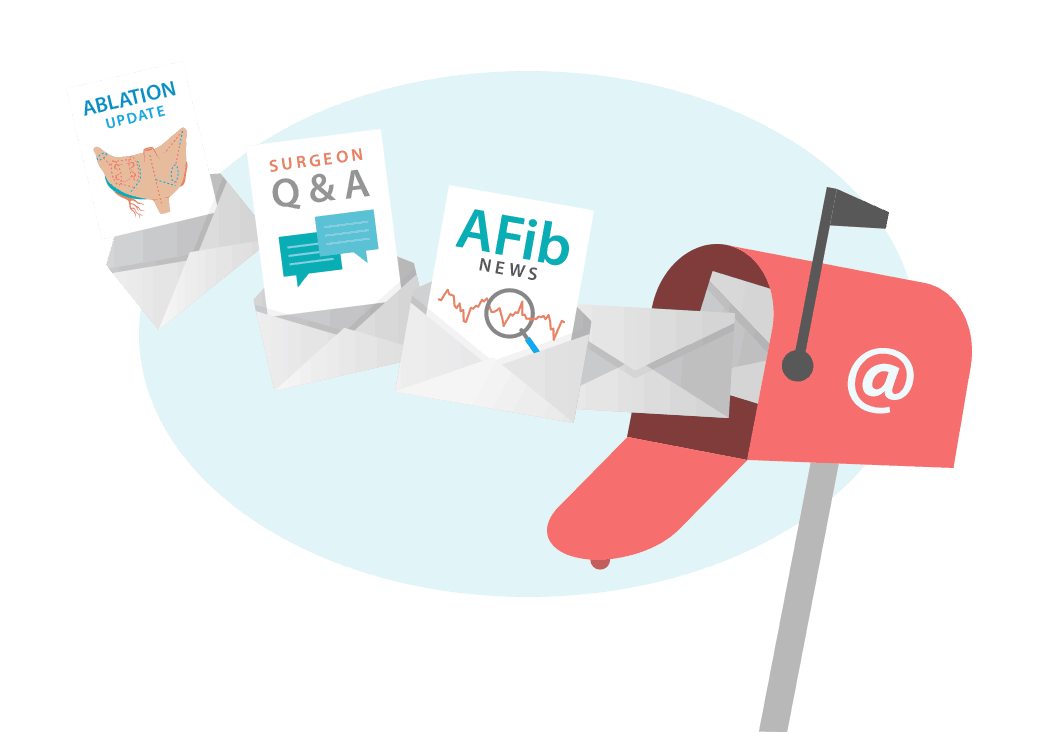Video Categories: Aortic Valve, Surgical Ablation, Surgeon Interviews, AATS
135 YouTube Views - Published July 30, 2020
Featured Speaker: Dr. Isaac George
Video Overview
Watch as Dr. Armin Kiankhooy poses a question to Dr. Isaac George pertaining to patient and disease-specific conditions under which the likelihood for him to treat is influenced.
Video Transcript
For the hearing impaired members of the AFibSurgeons.org community, we have provided a written transcript below:
Armin Kiankhooy: Are you more or less likely to treat a specific kind of cardiac patient for their atrial fibrillation?
Isaac George: That’s a great question. We see a lot of different patients. The people that I really focus on are the people with diastolic dysfunction. I think the classic examples are the patients who have aortic stenosis, thick ventricles, tore filling. They actually tolerate AF very poorly. Those are the people that I work the hardest to get the best result for it.
They potentially have the best symptom relief. They come back and they often tell me about how they feel great. That’s not always the case if you just fix the valve. It’s a really important concept, especially in these thick ventricles with diastolic dysfunction, poor filling times. Those are the people that I really work hard to get the best result for.
Armin Kiankhooy: Yeah, I totally agree. Do you always do a right-sided ablation or when do you or when don’t you just do a right-sided ablation?
Isaac George: Another excellent question. There’s a lot of debate. There’s a lot of people out there, they’re purists. I’m not necessarily a purist. To some extent, I do what’s practical to me.
I don’t always do a right-sided ablation. If I have an older patient that’s undergoing a complex case, I really focus on the left side of the lesion set. I do it well and I do it thoroughly. I don’t always open the right side.
If I’m opening the right side for other surgical reasons, I always do it. The right side is something that can be done effectively with catheter ablation. If they’re clinical reasons not to do it, then I think you have to make those balanced decisions.
Armin Kiankhooy: Right, for sure. I’m sure you face the same issues being at a teaching institution. Whenever I’m teaching my fellows, we start with the pulmonary veins. Then we do the left-sided lesions. Then we add the right-sided lesions.
I agree; I think there is some growth in the procedure. Just like all the other surgeries that we do, you add things on as you get better and more comfortable with them. You’re totally right. An endocardial ablation for the right side can be done so well by the EPs that sometimes it turns out to be the most appropriate thing to do is do your left-sided lesion really well and then let the EP help you out and that heart team model with that right side.

